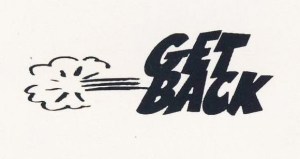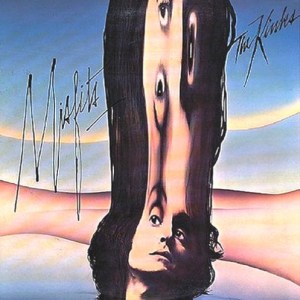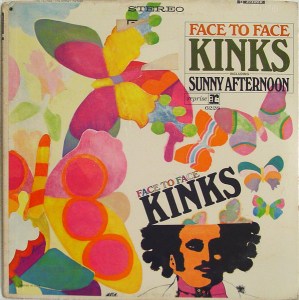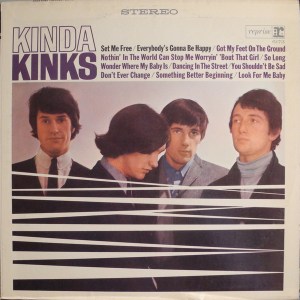 More of the Music of The Kinks
More of the Music of The Kinks
Reviews and Commentaries for the Music of The Kinks
This Pink and Green Reprise original MONO pressing is lively, balanced and vibrant, with a healthy dose of the Tubey Magical Richness The Kinks’ recordings need in order to sound the way we want them to, which is less irritatingly bright, thin and harsh.
“Tired of Waiting For You” is the big hit here, and like most Kinks albums from back in the day, they put the hit at the end of the side, so you had better make sure whatever copy you find has not been played much or it will be full of Inner Groove Distortion.
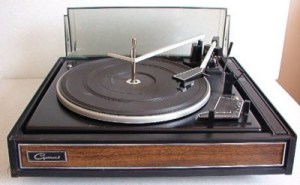 Inner Groove Distortion caused by the non-anti-skate-equipped turntables of the day is a chronic problem with rock and pop records from this era. We check all our records for Inner Groove Damage (IGD) as a matter of course when condition checking the surface quality of the vinyl.
Inner Groove Distortion caused by the non-anti-skate-equipped turntables of the day is a chronic problem with rock and pop records from this era. We check all our records for Inner Groove Damage (IGD) as a matter of course when condition checking the surface quality of the vinyl.
The Poster Boy for Inner Groove Distortion is the song “Thank You” on this album from 1969. That record got played a lot back in the day, on the only turntables that we had available to us at the time, crappy ones.
My first “audiophile” table was the extremely plasticky Garrard 40B. I think I bought mine in 1973 and I probably paid about $69 for it. As I recall, this was their entry level model. If any table had been cheaper I would have bought it, which shows you what my starving-college-student budget must have been. Sounded just fine to me, though. What did I know about sound in 1973?
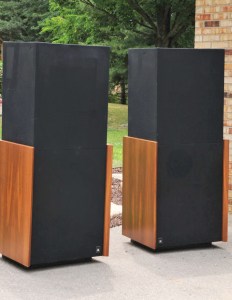
By 1976 I would have some of the best audiophile electronics in the world and the massive speakers you see below. That’s some head-spinning progress if you ask me. Once I had heard how good all my favorite albums were sounding, I got very motivated. For real progress to occur, you must let music do the driving.
The mystery is why it took me until 2007 to get my system, room, electricity and tweaks to a level advanced enough that the shortcomings of the Modern Heavy Vinyl Record became obvious.
Actually, it’s not really all that mysterious. Audio is hard. It took me decades to learn how to do it right, and if you work hard at it, you can expect it to take you decades too. [1]
Consider taking our moderately helpful advice concerning the pressings that tend to win shootouts.
In our experience, this record sounds best this way:
We admit that we have not played many early British pressings of Kinks albums in mono, stereo or any other way.
As you can well imagine, few of them have survived the turntables of the day and are in audiophile playing condition.
[1] When I got started in audio in the early- to mid- ’70s, the following important elements of the modern stereo system did not exist:
- Stand-alone phono stages.
- Modern cabling and power cords.
- Vibration controlling platforms for turntables and equipment.
- Synchronous Drive Systems for turntable motors.
- Carbon fiber mats for massive turntable platters.
- Highly adjustable tonearms (for VTA, etc.) with extremely delicate adjustments and precision bearings.
- Modern record cleaning machines and fluids.
- And there wasn’t much in the way of innovative room treatments like the Hallographs we use.
A lot of things had to change in order for us to reproduce records at the level we needed to in order to do our record shootouts, and be confident about our findings, and we pursued every one of them about as far as time and money allowed. For a more complete discussion of these issues, please click here.
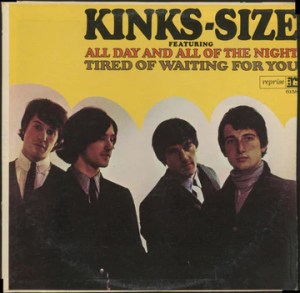
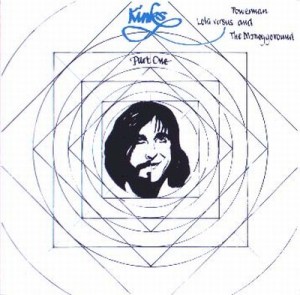
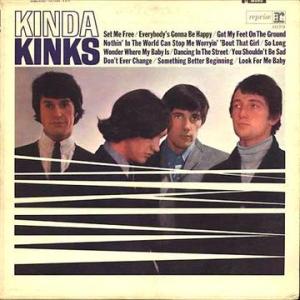
 More of The Kinks
More of The Kinks